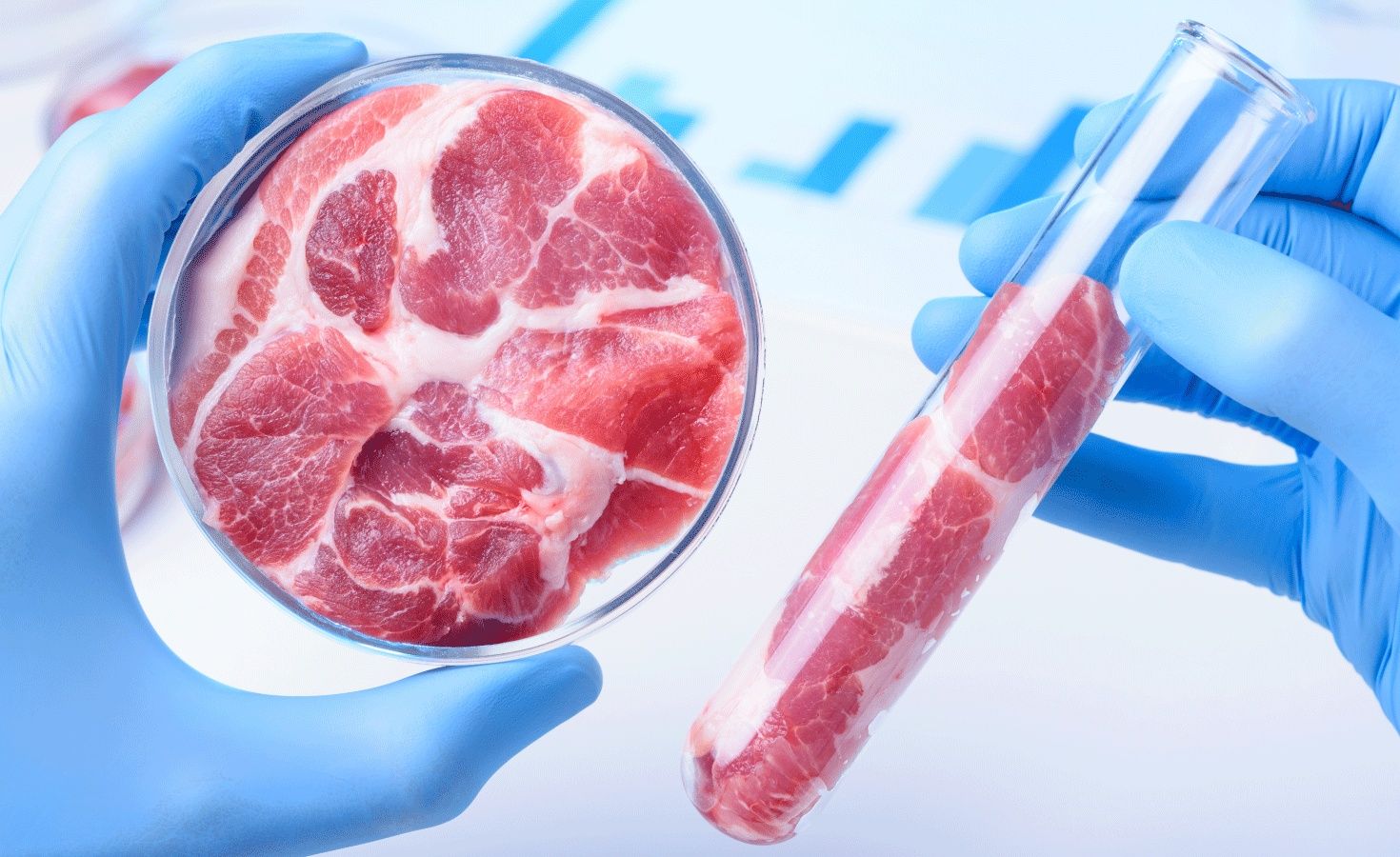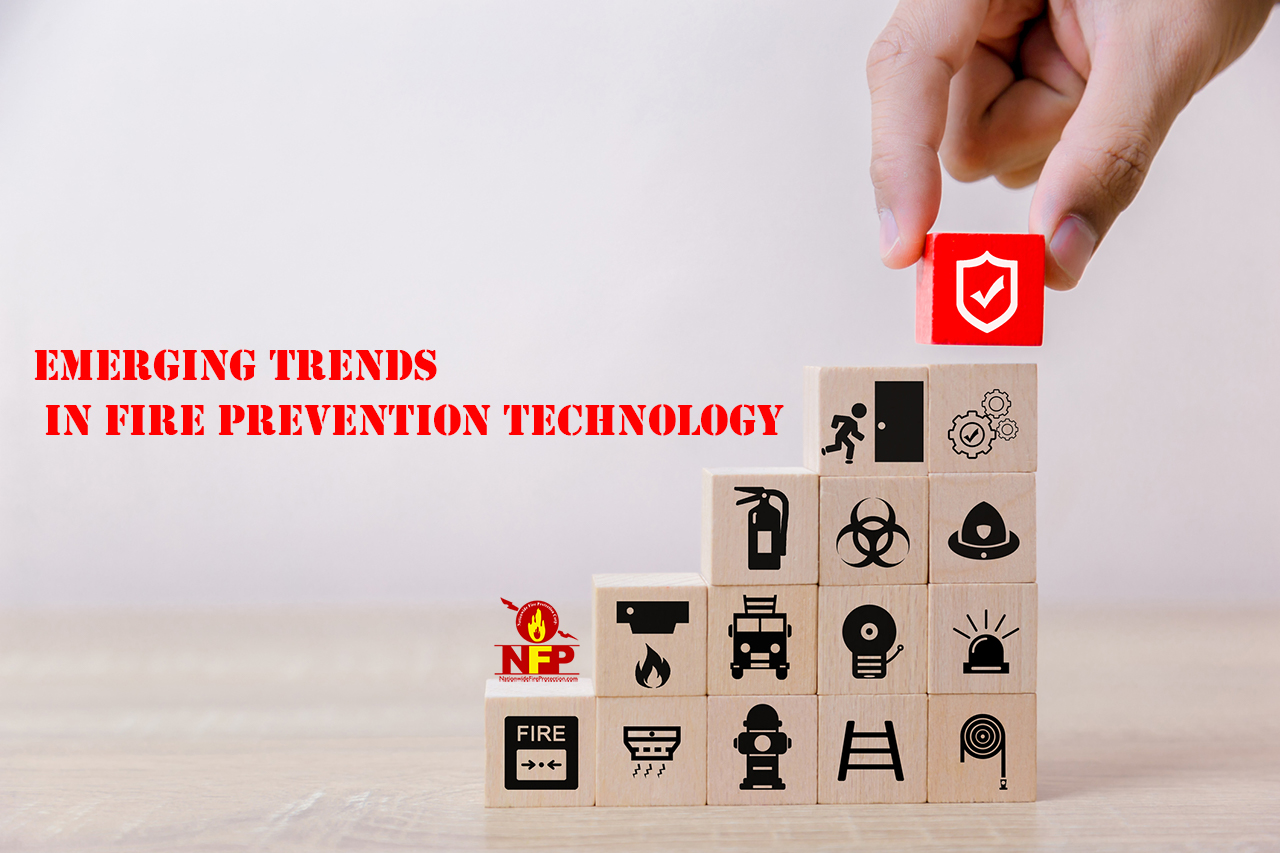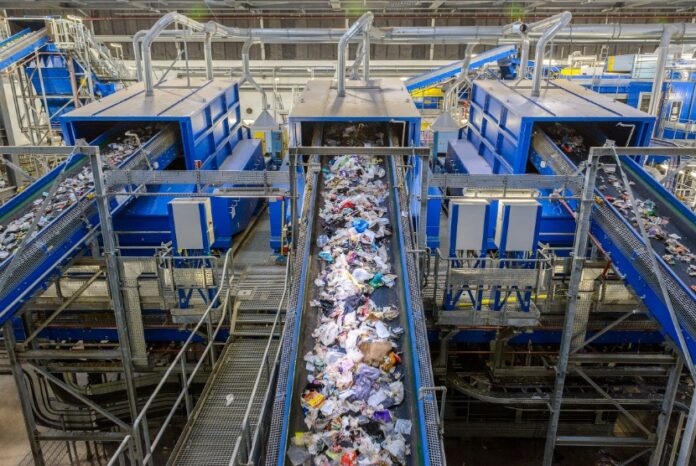Lab-Grown Meat Explained: Insights and Key Facts About the Future of Sustainable Protein
Lab-grown meat, also known as cultivated, cultured, or cell-based meat, represents a groundbreaking innovation in food technology. Instead of raising and slaughtering animals, scientists grow real animal muscle cells in a controlled laboratory environment. The result is genuine meat that looks, tastes, and cooks like traditional meat but without the environmental and ethical concerns of livestock farming.
The process starts with a small sample of animal cells, usually muscle stem cells. These cells are then placed in a nutrient-rich culture medium and encouraged to multiply. Over time, the cells form muscle tissue, which can be processed into familiar products like burgers, nuggets, or even seafood.
The concept of growing meat in labs emerged in the early 2000s, but major developments took off after 2013, when the first lab-grown burger was presented in London. Since then, continuous technological improvements and investments have driven the industry closer to commercial reality.
Why Lab-Grown Meat Matters
The global population is projected to exceed 9 billion by 2050, placing immense pressure on traditional agriculture. Producing meat the conventional way requires vast amounts of land, water, and feed, while generating significant greenhouse gas emissions. Cultivated meat offers a more sustainable and efficient alternative.
Key reasons why this innovation matters today include:
-
Environmental Benefits: Cultivated meat could reduce land use by up to 90% and lower carbon emissions substantially compared to livestock farming.
-
Animal Welfare: By eliminating the need to slaughter animals, lab-grown meat addresses major ethical concerns in food production.
-
Food Security: Controlled production environments reduce vulnerability to diseases, pandemics, and climate-related disruptions.
-
Health and Safety: Cultivated meat can be produced under sterile conditions, minimizing risks of contamination and antibiotic resistance.
From an economic standpoint, major food companies and investors view lab-grown meat as part of the global transition toward cleaner, climate-conscious diets. Consumers, too, are showing increasing curiosity, especially in regions where sustainability awareness is growing rapidly.
Recent Developments and Global Trends
The past few years have seen rapid advancements in cultivated meat technology and growing government support.
-
2023–2024 Milestones: The United States and Singapore made headlines by approving the sale of cultivated chicken products, marking a major step toward mainstream availability.
-
Global Investments: Startups such as GOOD Meat, Upside Foods, and Mosa Meat received millions in funding to scale production facilities.
-
Technological Innovations: Scientists are exploring plant-based scaffolds, 3D bioprinting, and growth media made without animal serum to reduce costs and improve scalability.
-
Public Perception: Consumer acceptance is gradually improving as awareness spreads about environmental and health benefits. Studies show younger generations are more open to adopting cultivated meat once it becomes widely accessible.
Market analysts predict that by 2030, lab-grown meat could capture a significant share of the global protein market, complementing plant-based alternatives.
| Year | Key Development | Region |
|---|---|---|
| 2013 | First cultured burger unveiled | UK |
| 2020 | Singapore approved commercial sale | Asia |
| 2023 | US FDA and USDA granted safety approval | North America |
| 2024 | Scaling up hybrid meat products | Europe & Asia |
These developments indicate a steady move from research to real-world production, bridging science and sustainability.
Policies and Regulatory Landscape
Regulatory frameworks play a crucial role in shaping how lab-grown meat reaches consumers. Different countries are progressing at varied speeds.
-
United States: The USDA and FDA jointly oversee cultivated meat, ensuring it meets food safety and labeling standards. The 2023 approval for Upside Foods and GOOD Meat was a landmark moment, signaling official confidence in the technology.
-
European Union: The European Food Safety Authority (EFSA) requires cultivated meat to go through its “novel foods” approval process. While no products are yet approved, discussions are ongoing across member states.
-
Singapore: The world leader in regulation, Singapore remains the first country to allow commercial sales of cultivated meat since 2020.
-
India and China: Both countries are investing in research and pilot projects under food innovation and biotechnology programs to strengthen future food security.
Governments are increasingly incorporating sustainable protein goals into climate and food policies. The aim is to reduce agricultural emissions while promoting technological innovation in food production.
Tools, Research, and Learning Resources
Exploring lab-grown meat goes beyond curiosity several online tools, reports, and educational platforms help users understand its progress and potential.
Key Resources:
-
The Good Food Institute (GFI): Offers research reports, industry data, and educational resources about cultivated meat and alternative proteins.
-
FAO Food Systems Reports: Provide insights into how cell-based proteins can align with global sustainability goals.
-
Cultivated Meat Atlas: An interactive map tracking startups, research hubs, and policy developments worldwide.
-
Academic Journals: Publications like Nature Food and Frontiers in Sustainable Food Systems frequently cover new scientific breakthroughs.
-
Consumer Awareness Tools: Organizations like ProVeg and FutureBridge provide infographics and comparison tables for understanding environmental impacts.
| Resource | Type | Focus Area |
|---|---|---|
| GFI State of the Industry Report | Report | Market data & investment trends |
| Cultivated Meat Atlas | Web tool | Global companies & policies |
| FAO Food Systems Reports | Research | Sustainability & climate goals |
| FutureBridge Insights | Analysis | Technology outlook |
| ProVeg Resources | Educational | Consumer awareness |
These tools help policymakers, investors, and consumers stay informed about the industry’s evolution and sustainability impact.
Frequently Asked Questions
1. Is lab-grown meat real meat?
Yes. Lab-grown meat is made from genuine animal cells, not plant ingredients. It has the same biological composition as conventional meat but is produced without raising animals.
2. How is it different from plant-based meat?
Plant-based meat relies on soy, peas, or other plants to mimic the texture and taste of meat. Cultivated meat, on the other hand, is grown directly from animal cells, making it structurally identical to traditional meat.
3. Is cultivated meat safe to eat?
Cultivated meat undergoes rigorous safety testing under food regulatory authorities like the FDA, USDA, and Singapore Food Agency. Approved products must meet the same safety standards as conventional meat.
4. What challenges does the industry face?
The main hurdles include scaling production, reducing costs, and improving consumer acceptance. Regulatory approvals also vary by region, slowing down global rollout.
5. When will lab-grown meat become widely available?
Experts suggest that commercial availability in major markets could expand by 2027–2030, depending on regulatory progress and consumer demand.
Conclusion
Lab-grown meat stands at the intersection of science, sustainability, and ethics offering a promising way to meet future food demands responsibly. While still in its early stages, advancements in biotechnology, supportive policies, and growing environmental awareness are accelerating its adoption.
As production becomes more efficient and regulations mature, cultivated meat could complement plant-based alternatives to form a diversified, sustainable protein ecosystem. The journey ahead is about collaboration between scientists, governments, and consumers ensuring that innovation leads to a healthier planet and a more sustainable food future.





